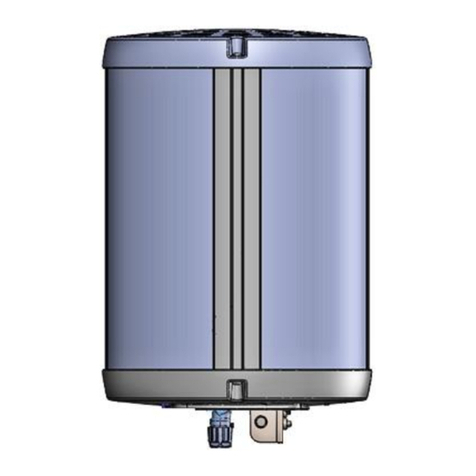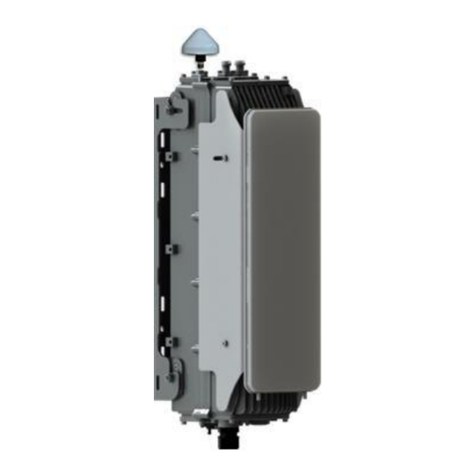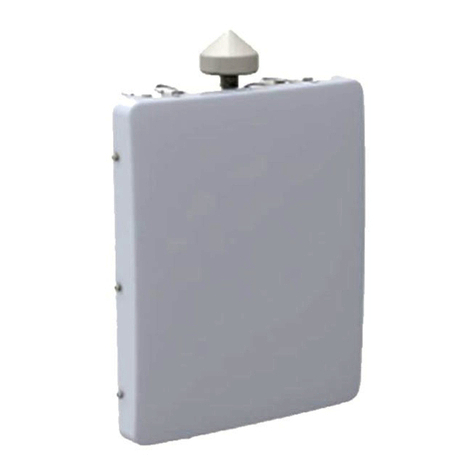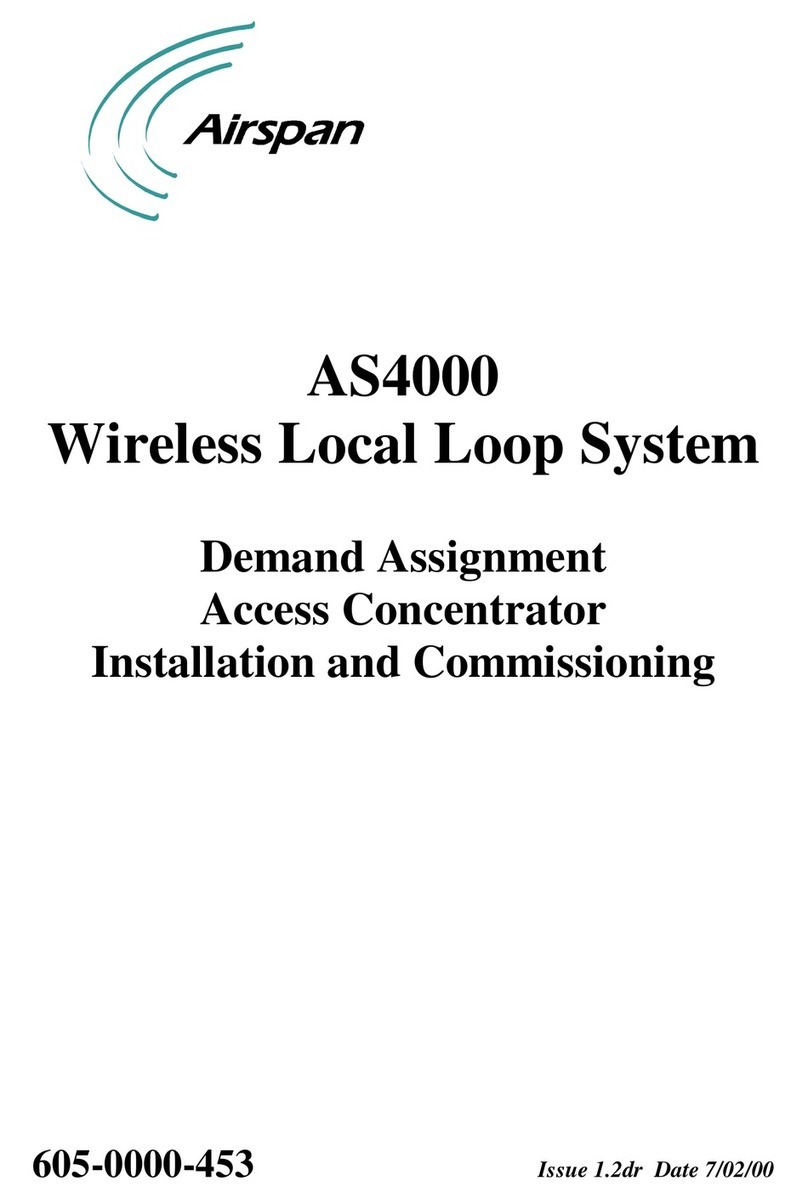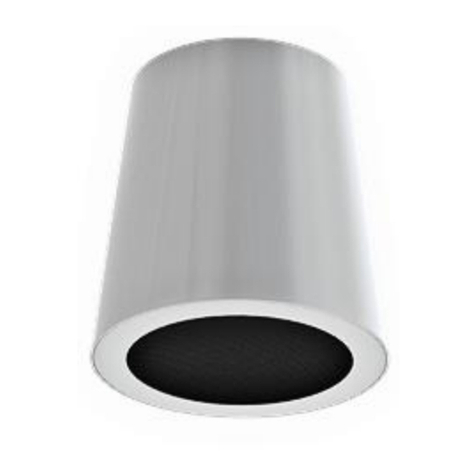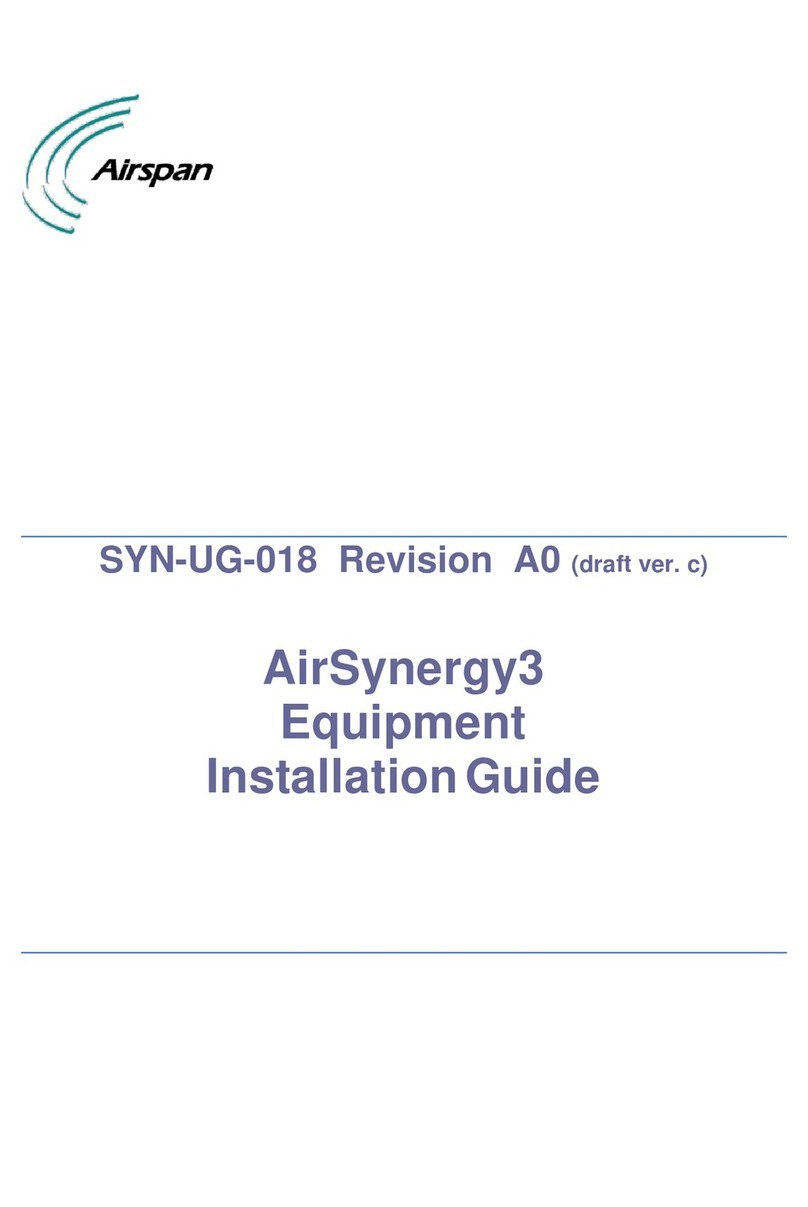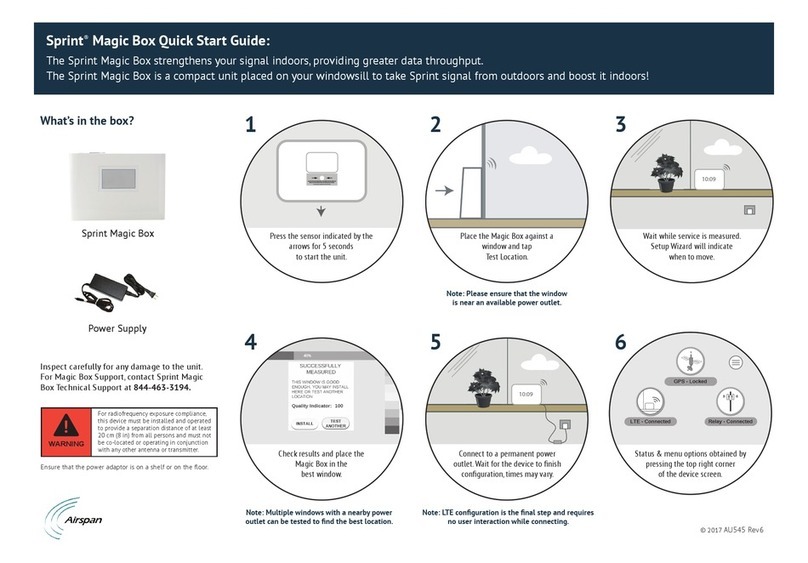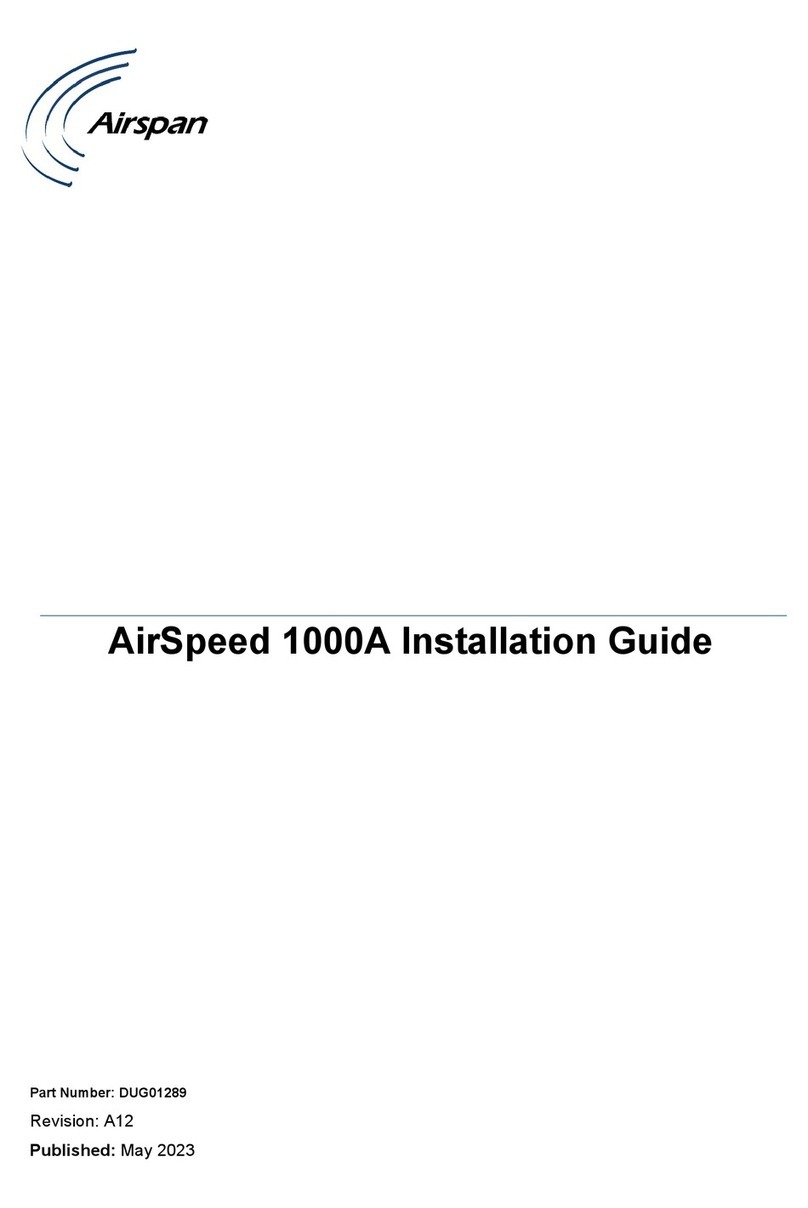
ii
Table Of Contents
Warnings ........................................................................................................................... 2
Human Exposure to Radio Frequencies ................................................................................ 2
Radio Interference ........................................................................................................... 2
Avoiding Radio Interference............................................................................................... 2
Modifications ................................................................................................................... 2
Manufacturer's Disclaimer Statement .................................................................................. 2
Declaration of Conformity .................................................................................................... 3
European Community, Switzerland, Norway, Iceland, and Liechtenstein ................................... 3
Declaration of Conformity with Regard to the R&TTE Directive 1999/5/EC................................. 3
Fcc Interference statement................................................................................................... 5
Federal Communication Commission Interference Statement .................................................. 5
About this Guide................................................................................................................. 6
Purpose .......................................................................................................................... 6
Targeted Audience ........................................................................................................... 6
Referenced Documentation................................................................................................ 6
Conventions .................................................................................................................... 6
System Overview................................................................................................................ 7
Main Features.................................................................................................................. 7
Customer Benefits............................................................................................................ 8
Architecture .................................................................................................................... 8
EasyST Models .............................................................................................................. 9
EasyST Block Diagram ................................................................................................... 9
EasyST Protocols Stack ................................................................................................ 10
Theory of Operation..................................................................................................... 11
Getting Started................................................................................................................. 12
Package Contents........................................................................................................... 12
Minimum PC Requirements .............................................................................................. 12
Physical Description .......................................................................................................... 13
Physical Dimensions ....................................................................................................... 13
Ports ............................................................................................................................ 13
LEDs ............................................................................................................................ 14
LED Button.................................................................................................................... 16
Connecting EasyST to a PC................................................................................................. 17
Connecting EasyST to Power............................................................................................... 19
Changing the AC/DC Power Adapter's Prongs ..................................................................... 19
Connecting EasyST to AC/DC Power Adapter ...................................................................... 19
Mounting EasyST .............................................................................................................. 21
Optimizing Performance..................................................................................................... 22
